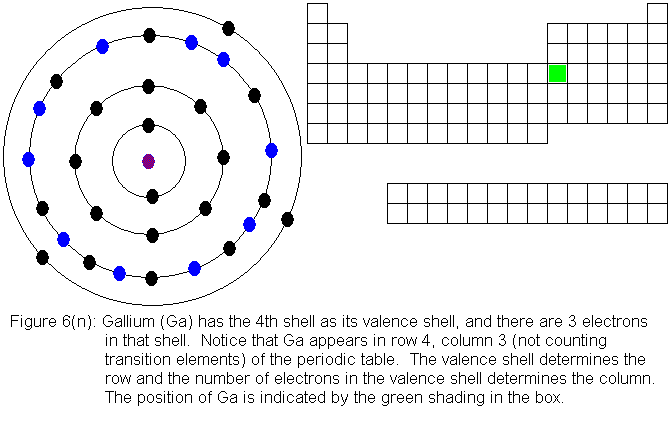Iodine has an electron configuration of Kr4d 10 5s 2 5p 5, with the seven electrons in the fifth and outermost shell being its valence electrons. Write the electron configuration of iodine (which has actually been used for decades): 1s2, 2s2 2p6, 3s2 3p6, 4s2, 3d10, 4p6, 5s2, 4d10, 5p5. Notice the highest energy level (5) has two electrons in the 5s and five in the 5p sublevels. That adds up to a total of 7 electrons in the highest energy level, and of course, seven valence electrons. View this answer. Iodine has seven valence electrons. Valence electrons of an atom are located in the outermost shell of the atom and participate in bonding. See full answer below. The english riviera zip.
- Iodine Pentafluoride Valence Electrons
- Neutral Iodine Valence Electrons Number
- Iodine Number Of Valence Electrons
I’m now going to demonstrate how to bond Iodine Pentafluoride and what is its molecular geometry… Black ice for mac.

Iodine Pentafluoride Valence Electrons

Neutral Iodine Valence Electrons Number
As shown in the image above we begin this process by writing the formula of the molecule. In this case our formula is IF5. After we write the formula down we use a periodic table or our previous knowledge on the amount of valence electrons for the elements we use in order to set up the Lewis dot diagram. For this problem I has 7 valence electrons and each F has 7 valence electrons. We already know that a bond between molecules is created by 2 electrons. Therefore, we can easily create 5 bonds, all the bonds surround the I, as I is our central atom. However, since Iodine has 1 additional pair of unbonded electrons, the bonds formed with Fluorine are placed at angles of 90 and 120 degrees because of the repelling forces between them. Once we have formed the bonds we check for the octet rule or otherwise known as the rule of 8. As we add up the number of electrons in bonds and alone we can conclude that this molecule does not satisfy the octet rule. If you want you may check the number of bonds that you are able to make with the application of the number of bonds chart. The chart is divided into 3 columns and 3 rows. In the first column we write the elements we are using. In the second column we write the number of electrons that are needed for the element to be “happy” or complete for each element. In the third column we write the number of electrons that we do have for each element. We add up all of the numbers from each column corresponding to their designated column. In the bottom or last row we conclude ny subtracting the second number from the first one and then divide that by 2 and we have the number of bonds. In this case the use of the chart is helpless as this molecule is an extended octet molecule. The next step is to set up the Lewis Structure of the molecule. According to our structure we can say that the shape of our molecule is square pyramidal which derives from octahedral. This molecule has a square pyramidal shape because of the repelling forces set by the unbonded pairs of electrons of Fluorine and the additional unbonded pair of electrons from Iodine.

Iodine Number Of Valence Electrons
A 3D image of the shape is given below.
